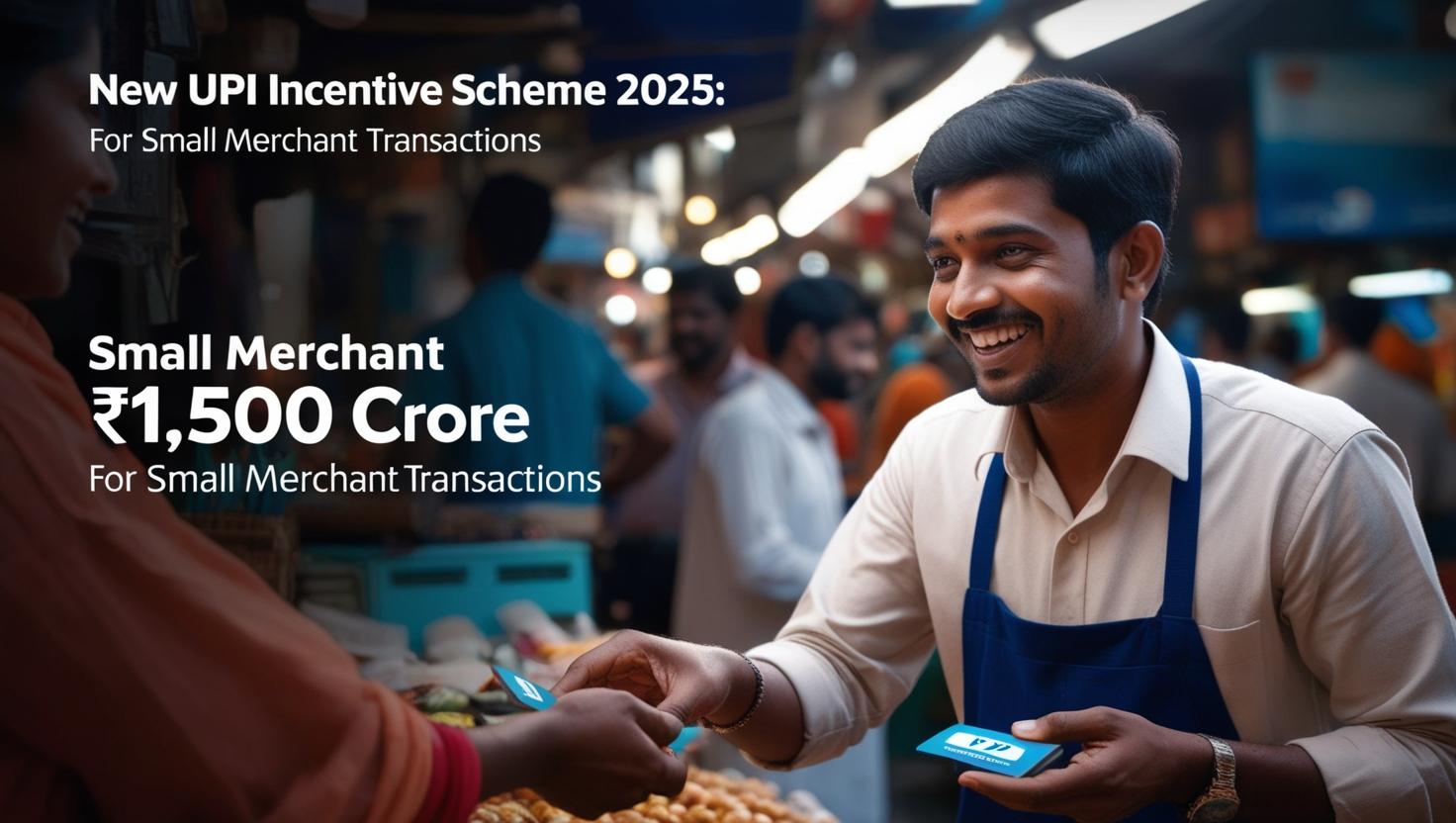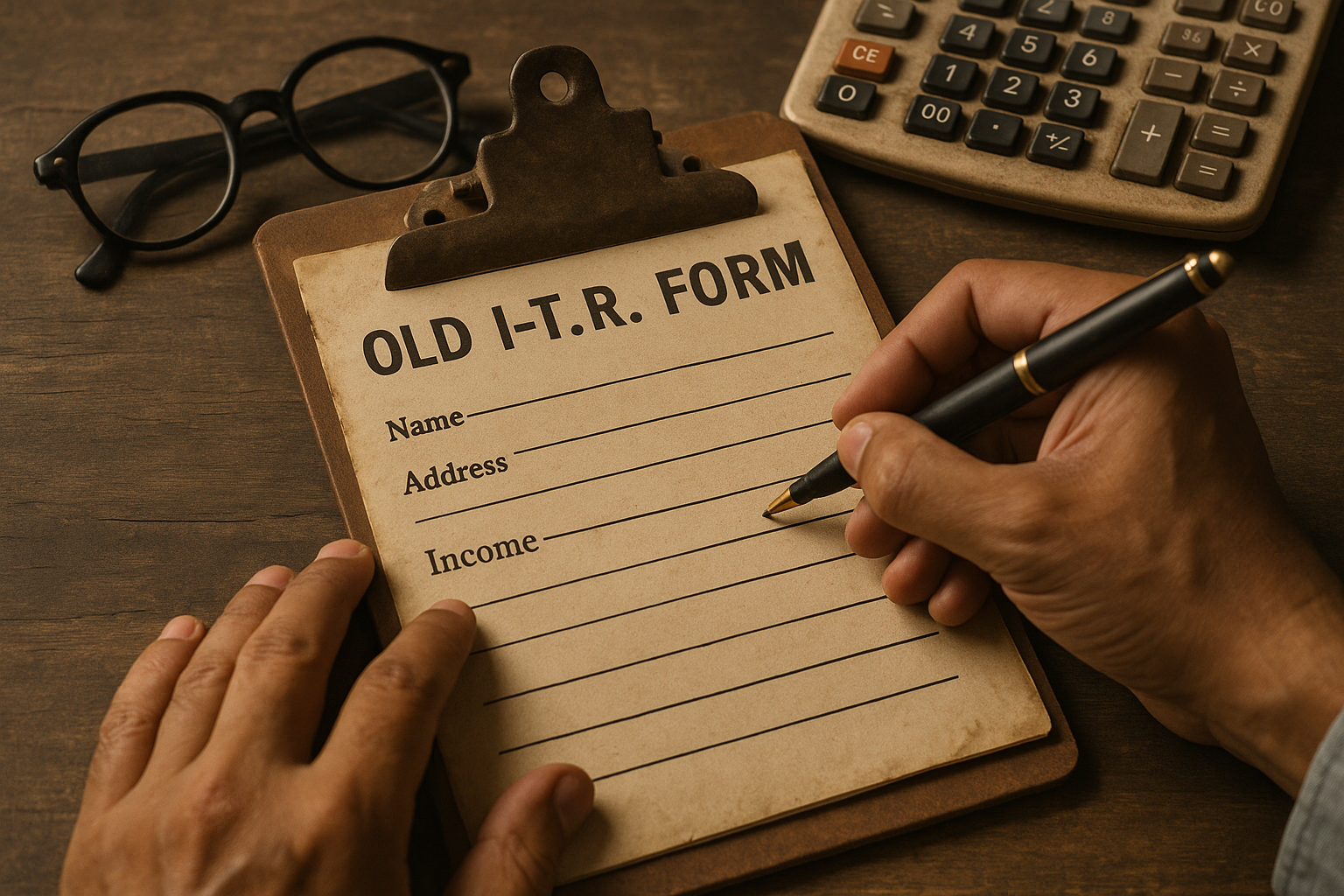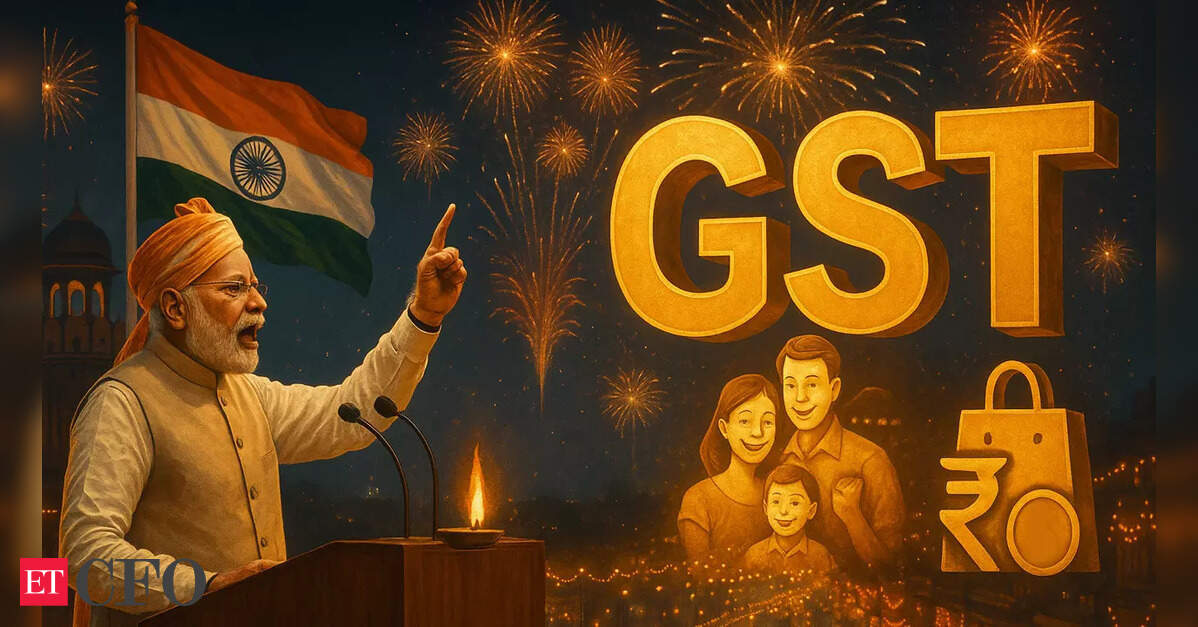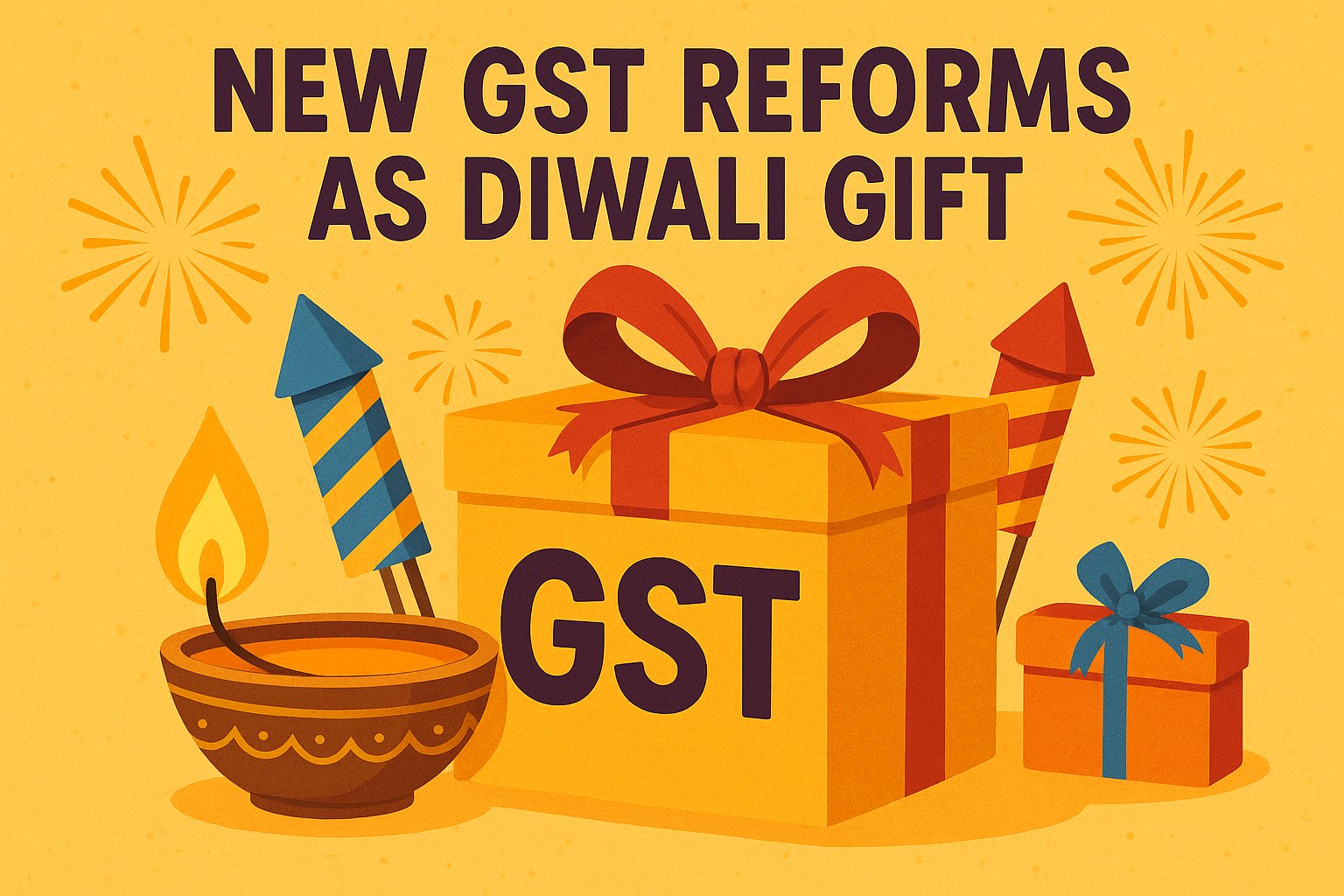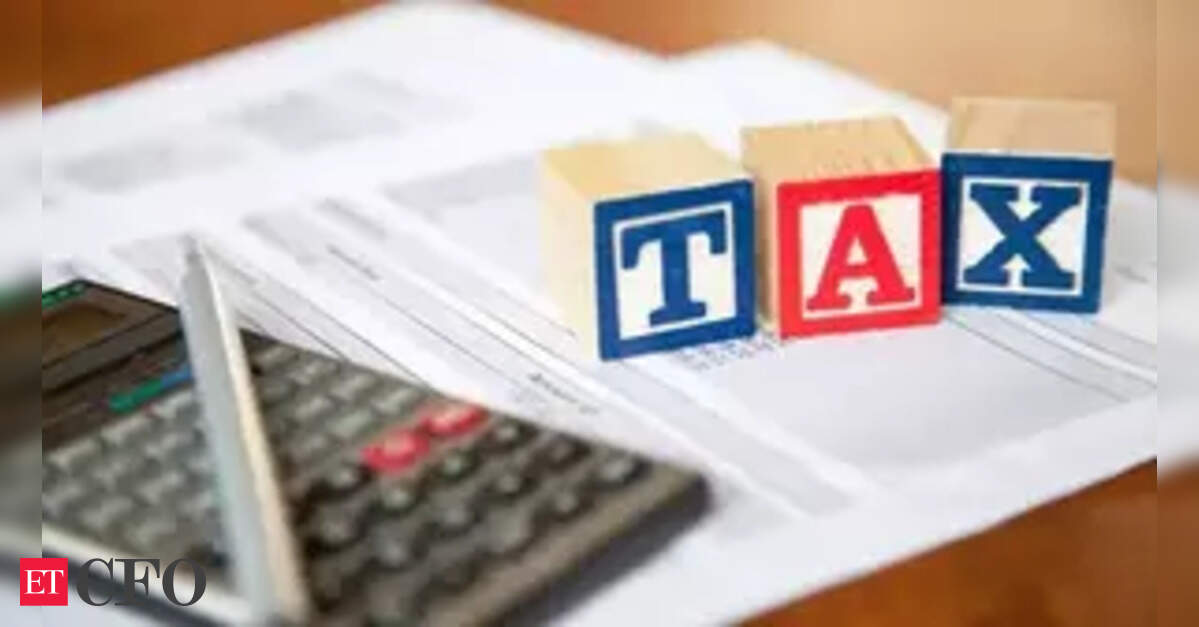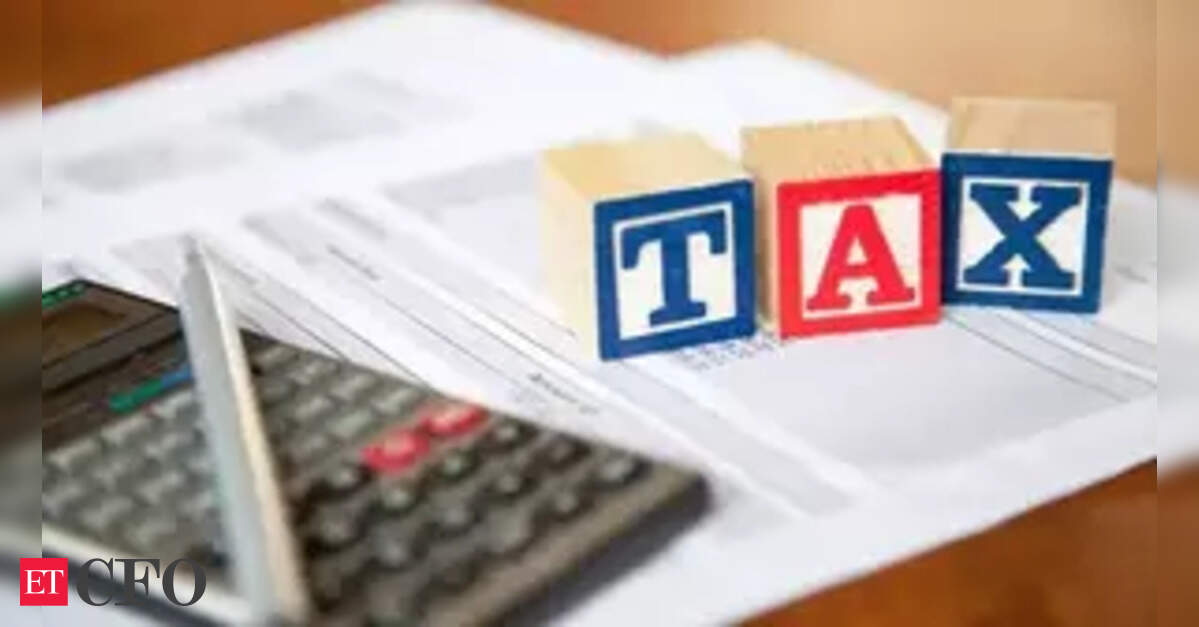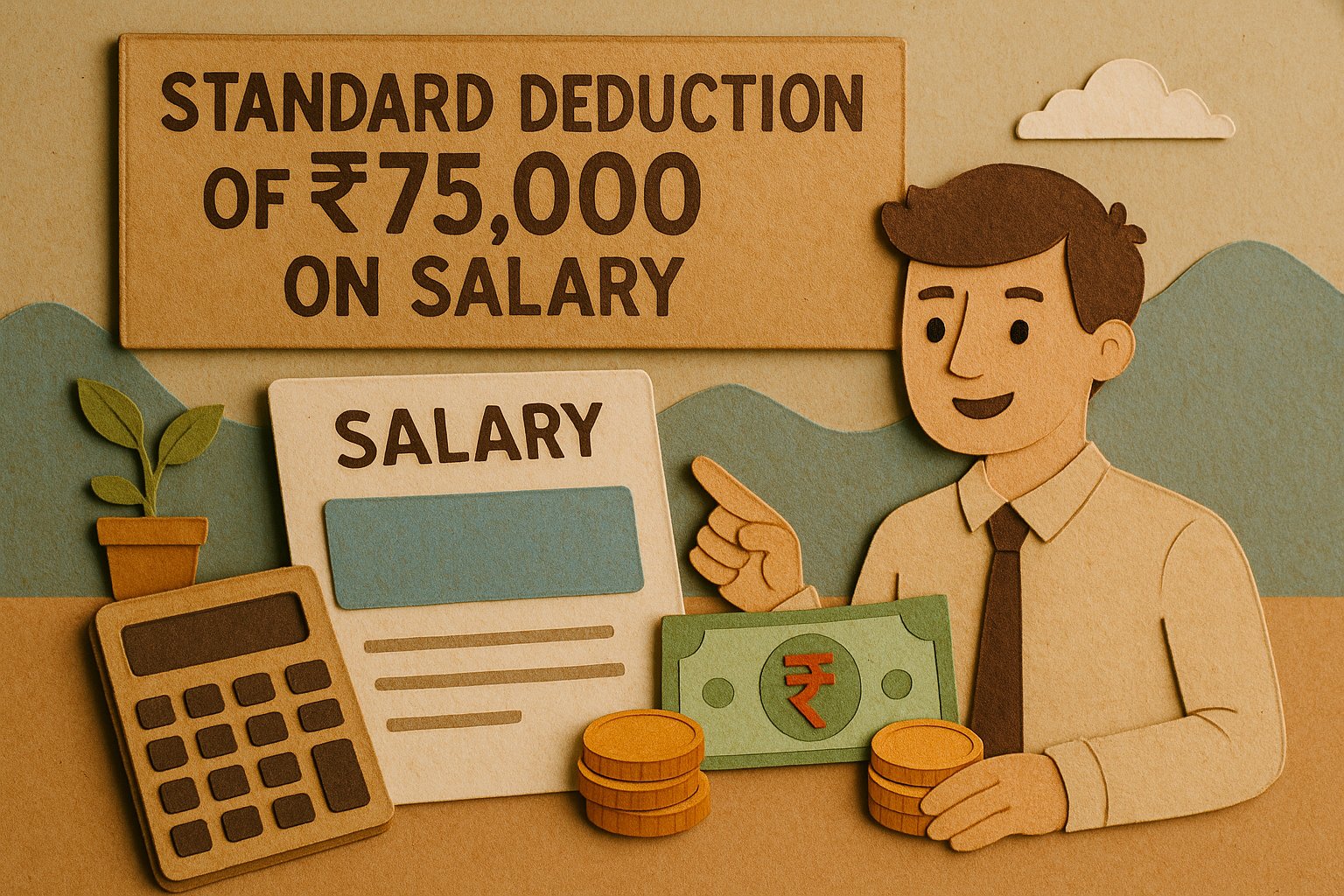The Indian government continues to drive digital financial inclusion with a renewed push towards cashless transactions. On March 19, 2025, the Union Cabinet, chaired by Prime Minister Narendra Modi, approved the “Incentive Scheme for Promotion of Low-Value BHIM-UPI Transactions (P2M)” for the financial year 2024-25.
With an estimated outlay of ₹1,500 crore, this initiative aims to increase digital transactions in small-value purchases (up to ₹2,000), particularly benefiting small merchants and consumers. The scheme aligns with India’s vision of a less-cash economy, ensuring a seamless and cost-free payment experience for end-users.
Key Features of the Incentive Scheme
1. Implementation Period & Budget
📅 Duration: April 1, 2024 – March 31, 2025
💰 Budget: ₹1,500 crore
2. Eligibility & Incentive Structure
The scheme primarily targets Person-to-Merchant (P2M) transactions up to ₹2,000, ensuring that small merchants can adopt UPI-based payments without any additional costs.
| Category | Up to ₹2,000 (P2M) | Above ₹2,000 |
|---|---|---|
| Small Merchant | ✅ Zero MDR + 0.15% incentive | ✅ Zero MDR (No incentive) |
| Large Merchant | ✅ Zero MDR (No incentive) | ✅ Zero MDR (No incentive) |
3. How Incentives Will Be Paid?
🏦 Acquiring banks (merchant’s banks) will be responsible for processing and claiming incentives.
💰 Breakup of Reimbursement:
✅ 80% of the claim amount will be disbursed immediately without conditions.
✅ Remaining 20% will be subject to:
- 10% payout if the acquiring bank’s technical decline rate is below 0.75%.
- 10% payout if the bank maintains a system uptime of 99.5% or more.
Benefits of the Incentive Scheme
For Small Merchants & Businesses
✔ Encourages digital payments at small retail stores, kirana shops, and local vendors.
✔ No additional cost for using UPI payments (zero MDR).
✔ Faster cash flow & better access to credit through digital footprints.
For Consumers
✔ Seamless, secure, and convenient transactions without extra charges.
✔ Wider acceptance of UPI payments, even in small towns and rural areas.
For the Indian Economy & Financial Ecosystem
✔ Boosts financial inclusion by formalizing payments and reducing reliance on cash.
✔ Improves efficiency with incentives tied to uptime and technical performance.
✔ Supports the government’s target of reaching ₹20,000 crore in UPI transactions in FY 2024-25.
Objectives of the Scheme
🔹 Strengthening the indigenous BHIM-UPI platform.
🔹 Encouraging digital payment adoption in Tier 3 to Tier 6 cities & rural areas.
🔹 Expanding innovative payment solutions like:
- UPI 123PAY (for feature phones)
- UPI Lite & UPI LiteX (for offline transactions)
🔹 Ensuring high system uptime & minimizing transaction failures.
🔹 Developing a robust & secure digital payments infrastructure.
Background: Why is This Scheme Needed?
1. Growth of Digital Payments in India
The Indian government has been aggressively promoting cashless transactions as part of its Digital India vision. UPI has witnessed exponential growth, surpassing ₹15 lakh crore transaction volume monthly. However, a significant part of the retail market still relies on cash, particularly for small-value transactions.
2. MDR Policy & Zero Cost Payments
🛒 Merchant Discount Rate (MDR) is a small fee charged by banks and payment service providers on digital transactions.
📢 In January 2020, the Indian government made MDR zero for RuPay Debit Cards & BHIM-UPI transactions to promote digital payments.
📉 While this helped merchants, it reduced revenue for banks and payment service providers, necessitating government incentives to sustain digital transaction infrastructure.
Government Incentives for Digital Payments: A Look at Past Years
The government has consistently compensated banks & payment service providers for zero MDR transactions.
| Financial Year | Total Incentive (₹ crore) | RuPay Debit Card | BHIM-UPI |
|---|---|---|---|
| 2021-22 | ₹1,389 crore | ₹432 crore | ₹957 crore |
| 2022-23 | ₹2,210 crore | ₹408 crore | ₹1,802 crore |
| 2023-24 | ₹3,631 crore | ₹363 crore | ₹3,268 crore |
🔹 FY 2023-24 saw the highest allocation to BHIM-UPI incentives due to a surge in UPI adoption.
Impact on Banks & Payment Service Providers
🏦 Who Benefits?
- Acquiring Banks (Merchant’s Banks) receive direct incentives from the government.
- Issuer Banks (Customer’s Banks), Payment Service Providers (UPI Apps), and Third-Party App Providers (TPAPs) indirectly benefit through transaction volume growth.
⚡ Why Uptime & Technical Decline Conditions Matter?
- Ensures banks maintain high service reliability.
- Reduces failed transactions, improving customer experience.
- Encourages banks to invest in robust payment infrastructure.
Challenges & Future Outlook
📌 Challenges:
- Ensuring fair distribution of incentives among stakeholders.
- Expanding UPI adoption in remote areas.
- Maintaining transaction security & fraud prevention.
📈 Future Trends:
- Expansion of UPI Lite & offline payment solutions.
- More innovations in AI-driven fraud detection for UPI.
- Growth in cross-border UPI payments with international partnerships.
Conclusion: A Step Towards a Cashless India
The Incentive Scheme for Promotion of Low-Value BHIM-UPI Transactions (P2M) is a strategic move to drive digital payments, particularly in the small merchant ecosystem.
✅ Encourages digital payment adoption
✅ Ensures cost-free UPI transactions for consumers
✅ Enhances payment infrastructure & reliability
✅ Contributes to India’s goal of a less-cash economy
With the ₹1,500 crore incentive scheme, India is set to achieve record UPI transaction volumes, further strengthening its position as a global leader in digital payments.
Visit www.cagurujiclasses.com for practical courses
